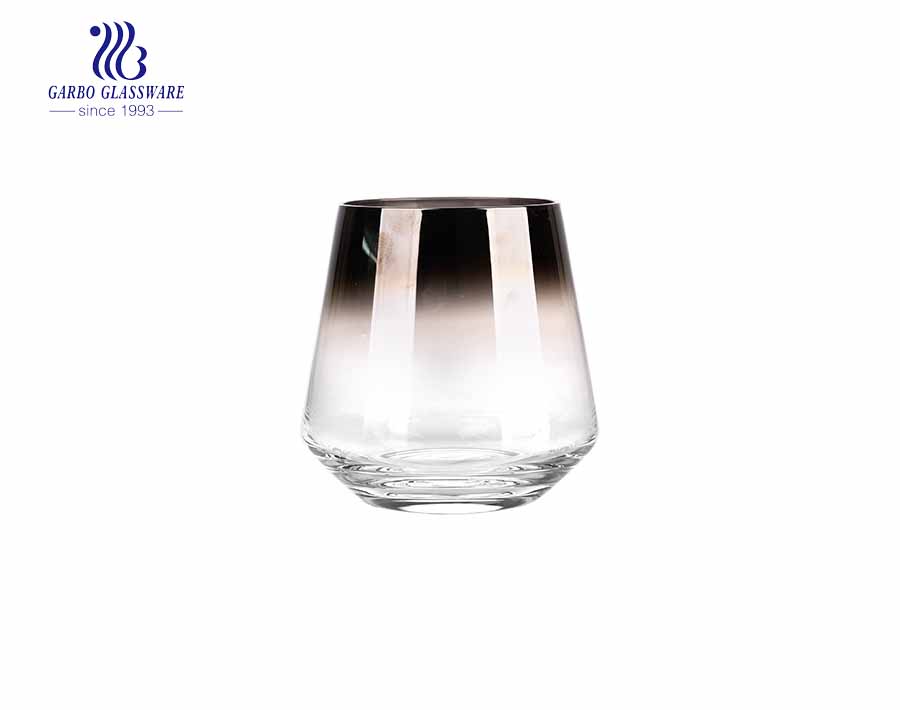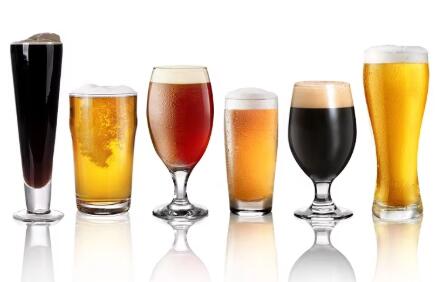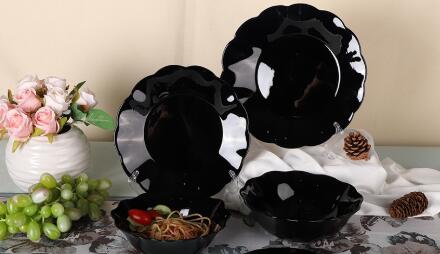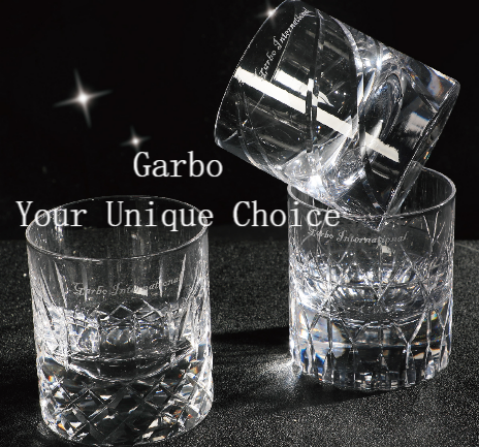Does Colored Glass Do Harm To Our Health
Pulished on Dec. 20, 2019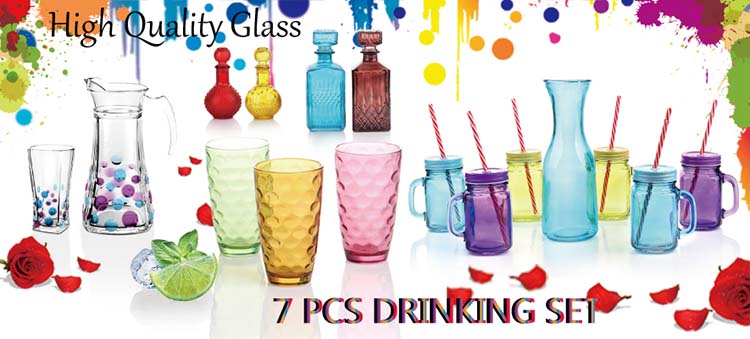
Compared with plastic cups, paper cups, and ceramic cups, glass cups are healthier and safer. They are also very convenient to clean. They are affordable, and they are great for drinking cups in family life. Perhaps you may have heard that colored glasses are poisonous. To solve the difficulty of choosing colored glassware, we should know the colored glass well. What are the classifications and differences of glass?
The glass is fired from inorganic silicates. During the firing process, it does not contain organic chemicals, so you don't need to worry about drinking the chemicals into your stomach. The glass surface is smooth and easy to clean, and bacteria and dirt are difficult to retain.
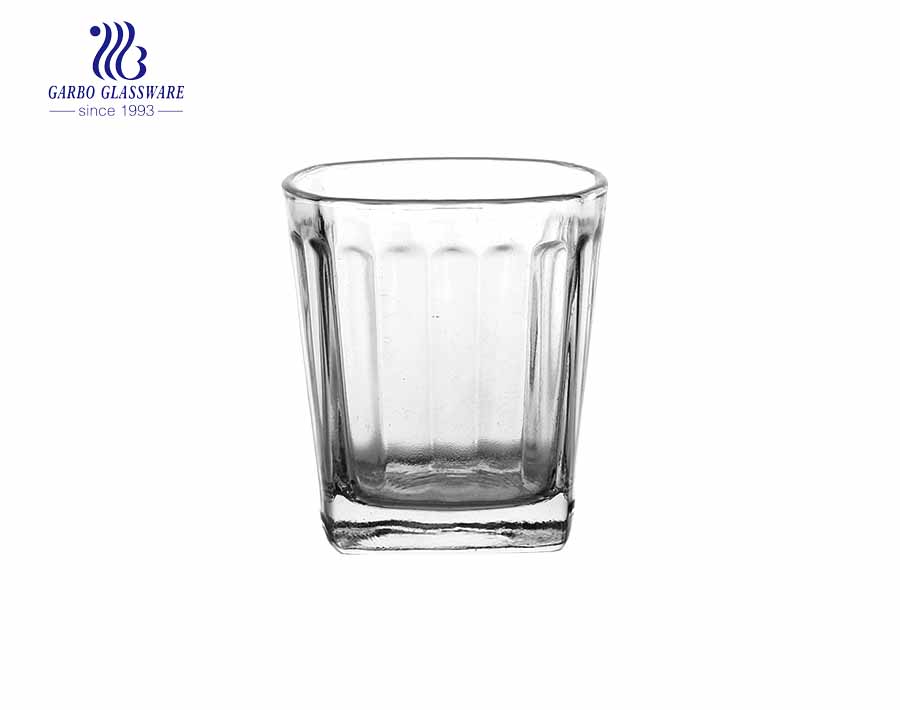
Tempered glass is a reprocessed product of ordinary glass. The cost is higher than that of ordinary soda-lime glass. It is mostly used as a wine glass. Tempered glass is mixed with nickel sulfide during the production process. When the ambient temperature changes drastically, nickel sulfide can easily cause the cup to explode. Therefore, it is not suitable to add boiling water to the tempered glass.
High borosilicate heat-resistant glass is resistant to high temperatures and frost. High borosilicate heat-resistant glass, also known as hard glass, is a kind of "ripened glass". It does not contain a lot of harmful heavy metal ions such as lead and zinc. Its brittleness and weight are much smaller than the ordinary "green glass" common in life. High borosilicate glass has a low coefficient of expansion and does not explode in the event of sudden temperature changes; high-temperature resistance and acid resistance also make it difficult for high borosilicate to precipitate substances harmful to the human body in daily drinking water use. High-quality high-borosilicate glass is uniform in thickness, very transparent under sunlight, good refractive effect, and crisp sound. The thicker the glass is, the better, the thicker glass is more suitable for cold food, the thinner the glass for hot drinking is better than the thicker one.
Sealed glass fruit drink cups, "annealed" during the manufacturing process, allow the temperature of the glass to slowly and naturally drop, completely eliminating stress, not as good as a blown thin glass cup. Thick glass dissipates heat faster than thin glass. When boiling water is poured in, the inside of the cup wall is first heated and rapidly expands, but the appearance does not expand synchronously, so it breaks. The thin glass is poured into boiling water, and the heat energy is quickly dissipated, and the glass body expands evenly and simultaneously, so it is not easy to burst.
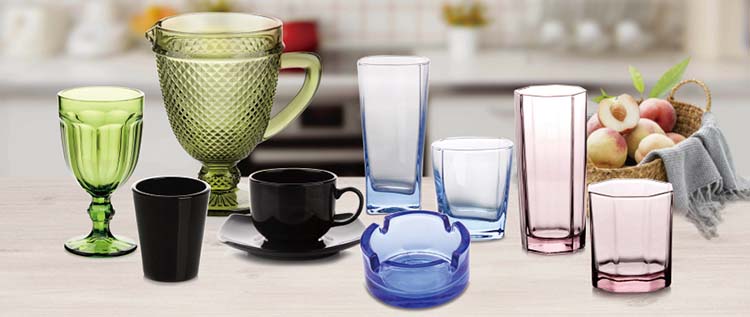
Are stained glass poisonous? The glass itself is colorless. Most of the colored glass on the market are spray-colored glass and primary color glass (known as color/solid glass in the industry). When the glass is smelted, a compound of transition elements such as cobalt (Co), manganese (Mn), nickel (Ni), iron (Fe), copper (Cu) is added to the silicate to selectively absorb visible light and color it. Finally, What you see are various colors such as red orange yellow green blue purple. These metal elements are toxic substances that make people think very scary. In fact, they react with the itch of the silicate to form a four-coordinate or six-coordinate complex, which is very stable, and it is impossible to decompose it by boiling water at 100 ° C.
Sprayed glass, as its name implies, is the color sprayed on the glass. There is a rough and practical method to distinguish: scrape the bottom of the cup or the mouth of the cup with a knife, and the paint will fall off. If you use it, the spray paint may be uneven and the color may vary.
